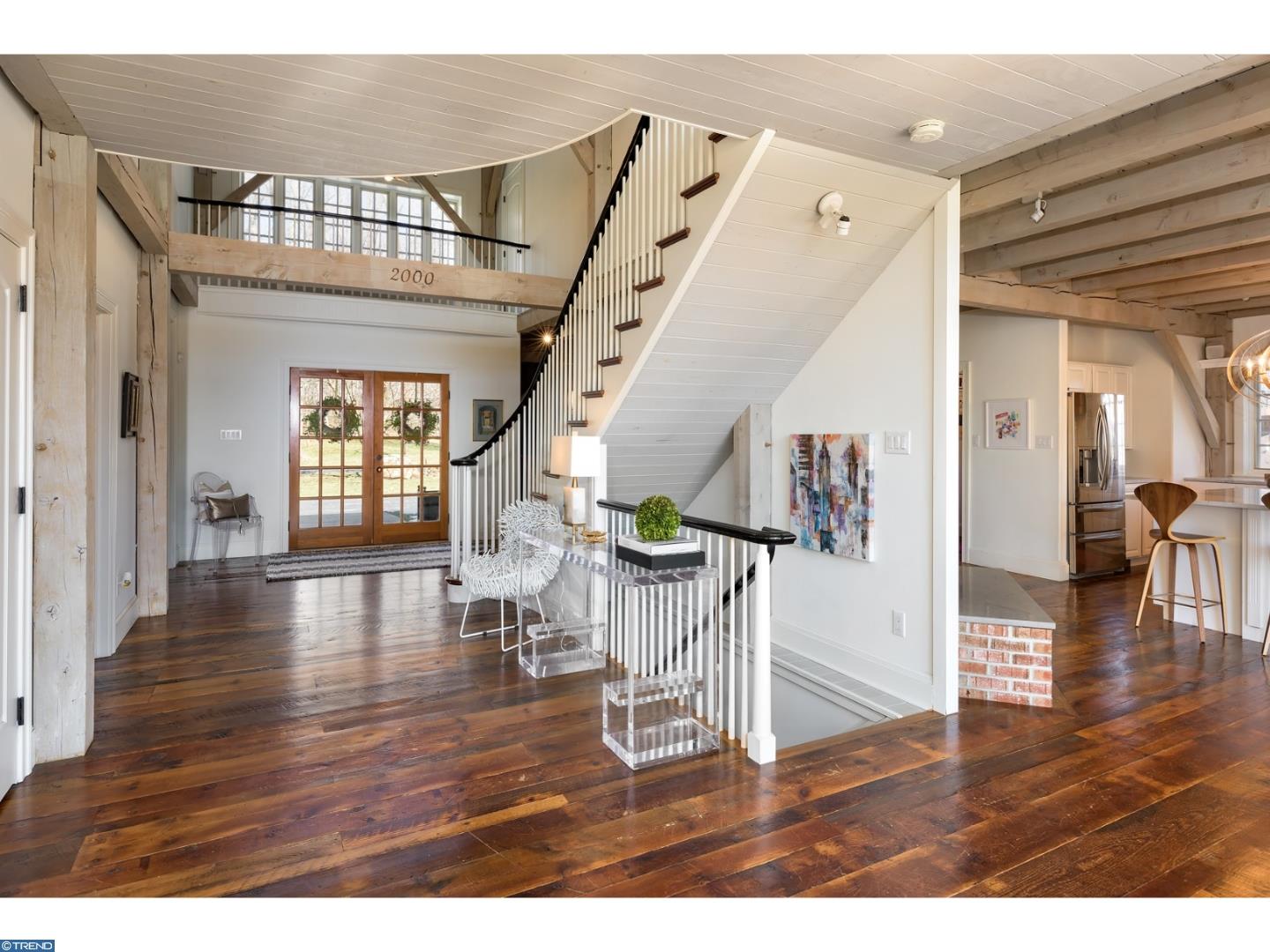Table of Content
This doesn’t include insurance, taxes or other loan costs. If the rate rises to 6%, the monthly payment jumps to $2,398. The nation’s overall housing supply remains limited, as those who purchased homes in recent years at extremely low mortgage rates are staying put. This tight inventory has kept prices from seeing deeper declines, making homes still unaffordable for many, especially first-time homebuyers.

A small shift in perspective could sway you. Conforming loans allow as little as 3% down with FICO scores starting at 620. FHA loans are even more lenient about credit; home buyers can often qualify with a score of 580 or higher, and a less–than–perfect credit history might not disqualify you. For instance, if you want to buy a high–priced home and you have great credit, a jumbo loan is your best bet. Jumbo mortgages allow loan amounts above conforming loan limits, which max out at $647,200 in most parts of the U.S.
What are the experts saying about mortgage rates now?
To get an idea of where you stand, check your credit before you apply and dispute any errors with the appropriate credit bureau to potentially boost your score. The average cost of a 15-year, fixed-rate mortgage has also surged to 6.07%, compared to 2.43% in early January. The average mortgage rate for a 30-year fixed is 6.81%, more than double its 3.22% level at the start of the year. Mortgage rates seemed on a relentless climb this year, now sitting at double what they were at the start of the year. But the latest rate drops the past few weeks have economists questioning whether this indicates a steady decline in 2023—or this is the calm before another storm of rate hikes.

Because of this, many experts currently believe mortgage interest rates will move within a tighter range in the fourth quarter compared to the large, rapid growth we saw earlier in 2022. With inflation running high and proving hard to control, the Federal Reserve is following an aggressive policy plan to bring it down. That’s led to an overall ramp-up of interest rates as lenders account for the Fed’s rate hikes. If that’s the case, mortgage rates will likely stay very close to where they currently are — somewhere between 6.5% and 7.0%. If the Fed believes it needs to more aggressively raise rates at its December meeting, we could see mortgage rates tick up over that mark. With the pandemic’s declining economic impact, decades-high inflation, and the Fed planning several more aggressive hikes, interest rates could continue trending upward this year and next.
Where Are Mortgage Rates Headed This Year?
The U.S. Federal Reserve and the European Central Bank are among those seeking to tamper record inflation with rate hikes. The Fed increased its benchmark interest rate by 75 basis points to a range of 1.5%-1.75% in June, and Chair Jerome Powellhas indicated there could be another similar move in July. In turn, stocks of homebuilders such as Lennar, DR Horton and Pulte jumped, along with broader market gains. Those stocks have been hammered by the sharp increase in rates over the past six months. The average rate on the 30-year fixed plunged 60 basis points from 7.22% to 6.62%, according to Mortgage News Daily. That matches the record drop at the start of the Covid 19 pandemic.
If conditions are choppy, and interest rates are likely to at least stay the same, if not rise, it may be smart to lock in a rate that works with your budget and seems fair to you. When interest rates rise, reflecting changes in the economy and financial markets, so too do mortgage rates—and vice versa. Americans watch mortgage rates closely, and any time rates pull back even the slightest amount, more people apply for mortgages.
the Fed overnight rate is not directly tied to mortgage interest rates.
Depending on your financial situation, the rate you’re offered might be higher than what lenders advertise or what you see on rate tables. Mortgage rates can change drastically and often—or stay the same for many weeks. The important thing for borrowers to know is the current average rate. You can check Forbes Advisor’s mortgage rate tables to get the latest information. The average cost of a 15-year, fixed-rate mortgage has also increased to 4.38% as of April 21, jumping 2.09% year-over-year.

Mortgage rates fluctuated greatly in the third quarter of 2022. The average 30-year fixed rate dipped as low as 4.99% on Aug. 4 then reached a high-water mark of 7.08% on Nov. 10, according to Freddie Mac. Interest rates tumbled for the fourth week in a row and the fifth time in the last six weeks.
And while there are ways to negotiate a lower mortgage rate, the easiest is to get multiple quotes from multiple lenders and leverage them against each other. Finally, consider a USDA loan if you want to buy or refinance real estate in a rural area. USDA loans have below-market rates — similar to VA — and reduced mortgage insurance costs. You need to live in a ‘rural’ area and have moderate or low income to be USDA–eligible. But it might not be a bad financial decision to buy a house right now.

Home loans are personalized to the borrower. Your credit score, down payment, loan type, loan term, and loan amount will affect your mortgage or refinance rate. Your credit score has one of the biggest impacts on your mortgage rate as it’s a measure of how likely you’ll repay the loan on time. The higher your score, the lower your rates.
The Fed has since signaled that it plans to raise interest rates once more this year at its next meeting in mid-December. The MBA's Market Composite Index, a measure of mortgage loan application volume, rose 2.7% from a week earlier. The analysts also encouraged savers with funds in a variable rate account to review their savings regularly to check if the interest rate has changed. She said an easy access account would be a “suitable savings vehicle” for savers who want the flexibility to move their money around so they can get the best deal. From the start of October, with the introduction of the Government’s Energy Price Guarantee, average household bills went up to £2,500 a year. Britons are already facing soaring prices for everyday essentials including energy and food bills.

Another important consideration in this market is determining how long you plan to stay in the home. People who are buying their “forever home” have less to fear if the market reverses as they can ride the wave of ups and downs. But buyers who plan on moving in a few years are in a riskier position if the market plummets. That’s why it’s so important to shop at the outset for a realtor and lender who are experienced housing experts in your market of interest and who you trust to give sound advice. The lower the rate, the less you’ll pay on a mortgage.
The average APR on the 30-year fixed-rate jumbo mortgage is 6.71%. On a 5/1 ARM, the average APR rose to 7.44% from 7.42%. The average APR on a 5/1 ARM was 7.49% last week.

Maximum interest rate 12.94%, minimum 12.18%. The 15 Year Mortgage Rate forecast at the end of the month 12.56%. Maximum interest rate 12.78%, minimum 12.04%. The 15 Year Mortgage Rate forecast at the end of the month 12.41%. Maximum interest rate 12.47%, minimum 11.75%.
Never take the first offer
Thanks to sharp inflation growth, higher benchmark rates, and a drawback on mortgage stimulus by the Fed, mortgage rates spiked in 2022. For some perspective on today’s mortgage interest rates, here’s how average 30-year rates have changed from year to year over the past five decades. To understand today’s mortgage rates in context, take a look at where they’ve been throughout history.


No comments:
Post a Comment